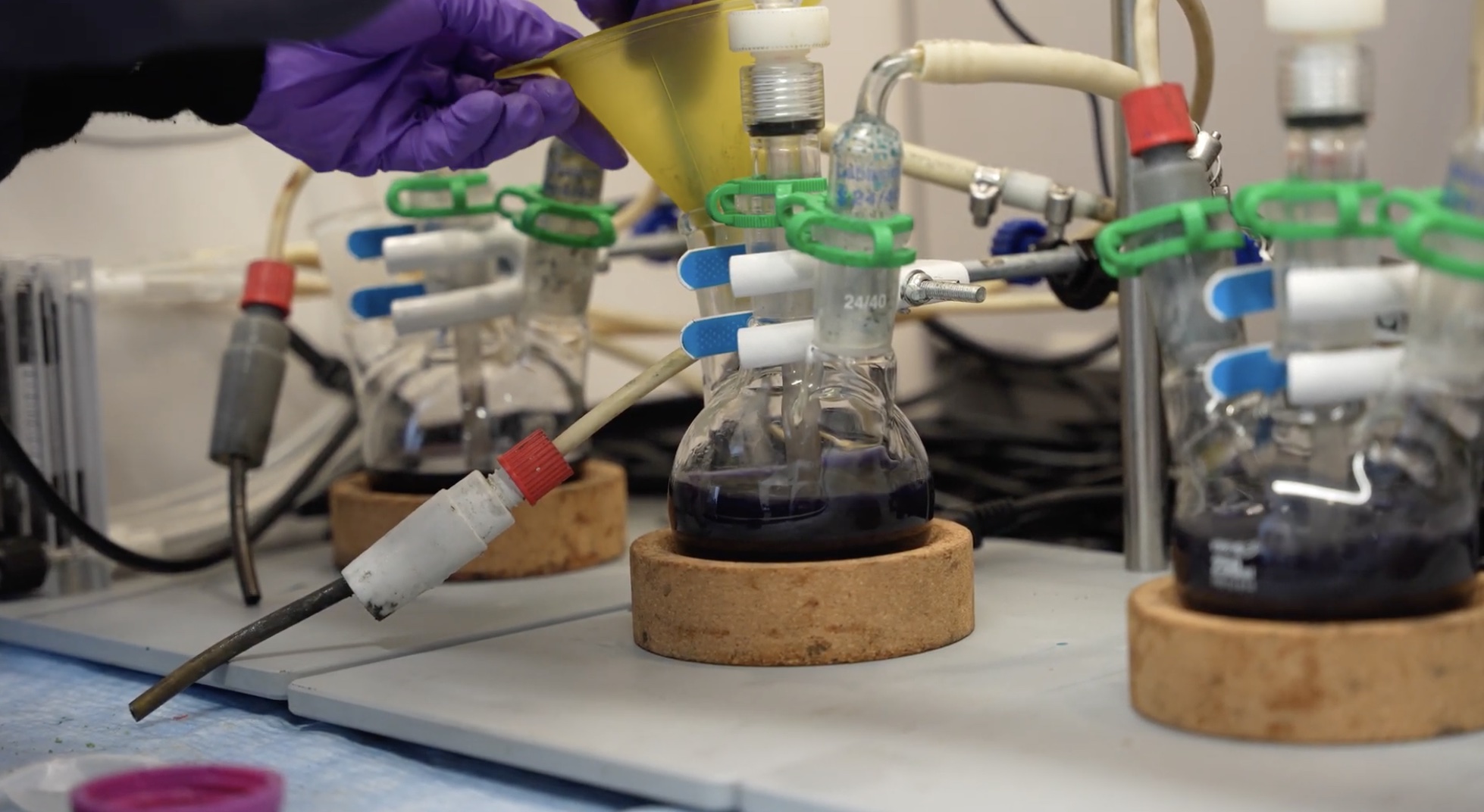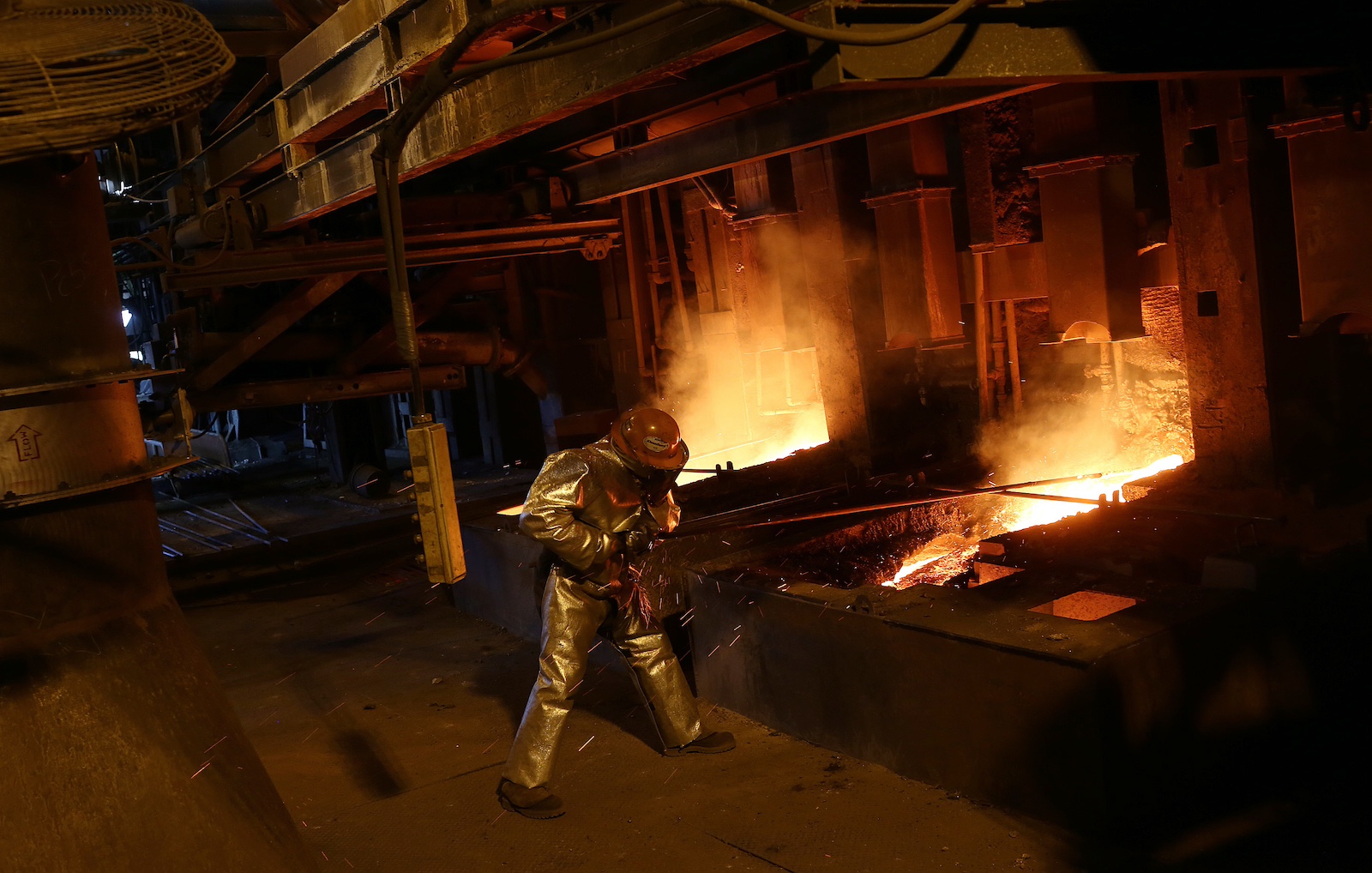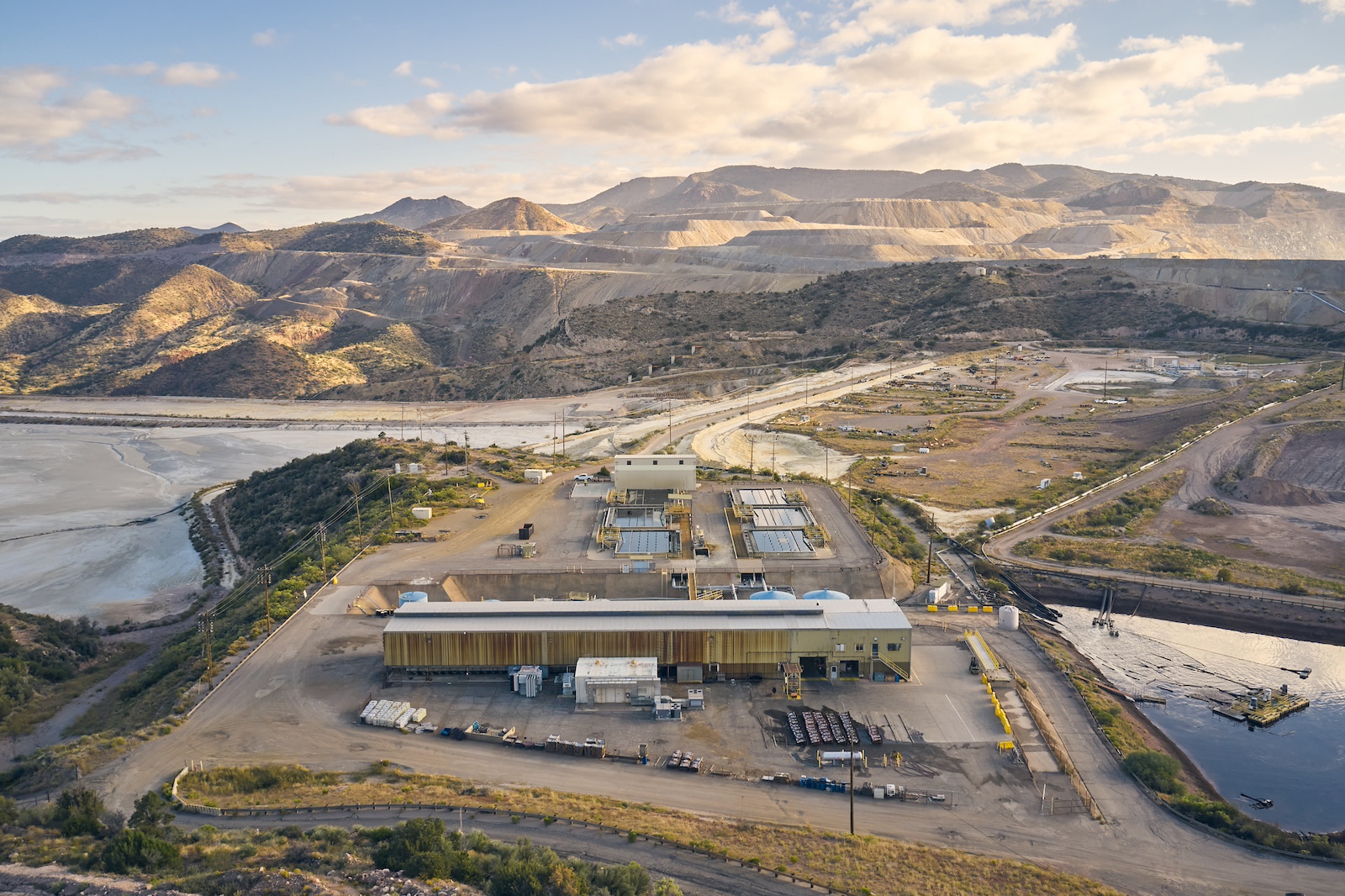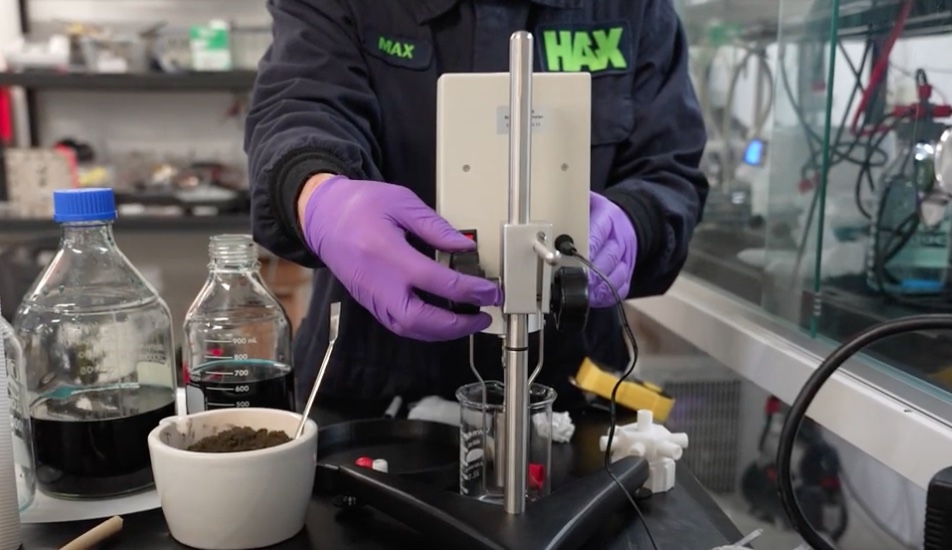Blue chip business lobby the Australia Israel Chamber of Commerce is associated with funding illegal settlements in Israel and sponsorships by notorious Elbit Systems whose weapons are deployed in war crimes. Yaakov Aharon reports.
Israel’s “innovation ecosystem will be supercharged” by the war, Dave Sharma said. Indeed, the bloody rubble of Gaza has been a human testing ground for drones and all manner of new military technologies.
Sharma, the Liberal Party senator and former ambassador to Israel, was addressing corporate moguls at the 2024 summit of the Australia-Israel Chamber of Commerce (AICC).
The Chamber is, perhaps with the exception of the Business Council of Australia, this country’s preeminent big business lobby; holding regular junkets, summits at lunches at ritzy five-star hotel ballrooms where business leaders deliver their speeches before packed audiences spending thousands of dollars per table.
It is the premier networking organisation for Israel in Australia and high-tech is at the vanguard of the lobbying. The ‘Start-Up Nation’ begins with the Israel Defence Force’s (IDF) intelligence units.
While the soldiers are given unlimited access to the army’s deep pockets and free reign to innovate, the subjects of the experiments are the Palestinian people. And the illegal military occupation of Palestinian land is being richly monetised.
The Chamber’s role in this is to showcase military products on Australian shores where they are marketed as “battle-hardened”.
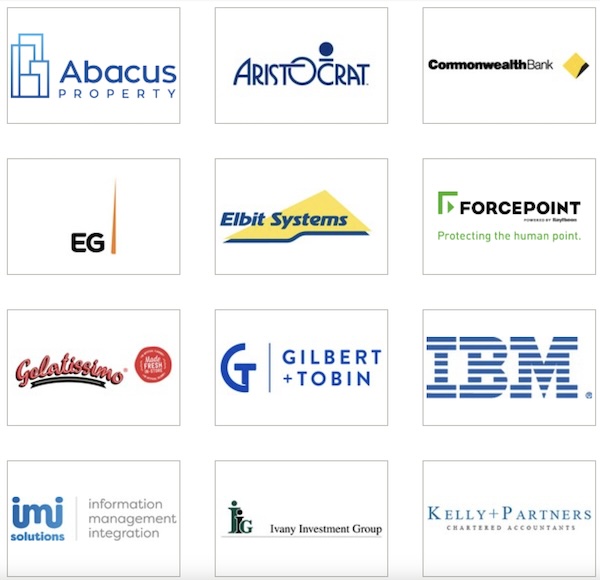
AICC sponsors include Elbit Systems, Israel’s leading weapon-maker
AICC media-hungry yet shy about their member list
The Chamber’s objective is to promote collaboration between the two countries. It describes itself as “Australia’s pre-eminent international Chamber of Commerce and one of the country’s most prestigious and active national business organisations”, with over 1,000 member companies.
Despite its sizeable media presence, finding public information about AICC proved difficult.
There are at least 9 AICC ABNs according to the ASIC database, but the profiles rarely interlink with ASIC Connect, nor do they show up easily in searches. Often their ASIC profile lacks basic compliance like a ‘company extract’.
The Chamber’s website disclosures also lack these details.
The majority of AICC businesses, including the NSW Division, are membership-based body corporates. So they are tax exempt.
The AICC NSW Division is one primary AICC entity. It’s is formerly known as – and simply trades as – the name AICC, has three separate ACNs, and hosts the annual summit.
It is standard for business councils to list their members. The Business Council of Australia and Minerals Council of Australia do this, but the AICC does not.
Much of the Chamber’s website has been scrubbed since the outbreak of the war in late 2023, specifically the defence industry sponsorships.
However, it would be unusual for a business council to be handing out free favours. The allure of membership and sponsorship of the Chamber includes invitations to its prestigious events and junkets, and an expectation that your business’s interests will be represented and advanced.
A ‘non-political’ organisation

The AICC 2023 summit. L-R Jillian Segal, Mark Dreyfus, Mark Leibler, Anthony Albanese. Source: Twitter
While the Chamber describes itself as non-political, it achieves its objective of advancing business alongside cultural and social outcomes through “connecting ideas, knowledge and people.”
Every living Australian prime minister has addressed the Chamber multiple times, while Israeli president Isaac Herzog addressed the summit in 2021 and 2022.
Fundamentally, however, the ‘non-political’ Chamber promotes continuing trade with a pariah and rogue state.
The International Court of Justice has determined that Israel racially dominates Palestinians with a two-tiered legal system, has continuously and illegally annexed Palestinian land, and is plausibly committing genocide.
In July 2024, the Court ruled that member states are to “abstain from entering into economic or trade dealings with Israel … which may entrench its unlawful presence in [Palestinian] territory”.
But Israel’s national identity is its military power. Its national exports are the tools of the military occupation. To a hammer, everything is a nail.
Funding illegal settlements
For example, the AICC’s associate the Israel-Australia Chamber of Commerce (IACC) directs 35% of its funds to government districts with illegal settlements. Its chair is (ret) Major General Ido Nehushtan, a former commander of the Israeli Air Force, and currently engaged in the arms trade as president of Boeing Israel and a consultant for Elbit Systems.
According to the Israeli Ministry of Defence, the arms industry makes up 10% of Israeli exports.
A submission by the AICC to the Department of Foreign Affairs & Trade noted that a further 10% of exports are related to cybersecurity.
The submission urged a Free Trade Agreement with Israel, arguing it would “increase defence cooperation” and citing the example of the Australian-Israeli joint venture Rafael Varley Group’s Spike LR2 missiles.
When then-Minister of Defence Christopher Pyne addressed the AICC in 2018 he delivered a comprehensive outline of the bilateral arms trade, including the same Rafael Varley missiles.
The former minister, who is known for his sense of humour, opened his speech with a joke: AICC chairperson Jillian Segal “always seems to be following me around”, gets “a lot of good information out of me”, and it is important to stay on her “good side”.
The military mindset

Unit 8200 in action. Source: IDF Spokesperson’s Unit
The 2024 AICC Summit’s headliner was AICC patron saint NYT bestselling author Saul Singer. His book “Start-Up Nation: The Story of Israel’s Miracle’ is Israel’s adopted bible for whitewashing war crimes with feel-good capitalism.
In the book, Singer quotes an IDF intelligence officer:
“In Israel, one’s academic past is somehow less important than the military past. One of the questions asked in every job interview is where did you serve in the army?”
The driving force behind many Israeli start-ups – least of all the defence and cybersecurity industry – is the signals intelligence Unit 8200, equivalent to the USA’s National Security Agency or the Australian Signals Directorate.
AICC chairperson and Special Envoy To Combat Antisemitism Jillian Segal led a junket in 2022, where they “saw the impact of an Army system which enabled a mindset of accountability and responsibility … [particularly] the elite Unit 8200.”
This year’s Summit promoted a speaker as a former Unit colonel.
The Unit is equipped with nearly unlimited access to the military budget with minimal oversight provided by commanders.
The IDF’s AI ‘kill list’
The latest hotshot project of 8200 is AI-generated kill lists. The Lavender program deems Palestinians as ‘terrorists’ according to a point-ranked system and feeds those lists to the army’s drone operators.
If a low-ranking private has an opportunity to kill a Palestinian on the list it is considered an order as if given by a commanding officer, even if dozens of civilian deaths are inevitable.
The Lavender kill list often feeds into the ‘Where’s Daddy?’ AI program, which notifies Israeli drone operators when a person on the kill list is most vulnerable to a drone strike: the moment they are at home with their children.
Antony Loewenstein writes in his book, The Palestine Laboratory, that “8200 watches every Palestinian, regardless of their involvement in the resistance”.
The Unit can eavesdrop on any phone call, SMS, and email in Palestine. When the messages reveal a personal secret – closeted sexual identity, an extramarital affair, or an invisible illness – 8200 sees it as a tool for blackmailing a potential informant.
Essentially, Loewenstein writes, 8200 marks IDF’s targets; who by fire, and who by blackmail.
Monetising the Occupation
Many of the Unit’s ventures are taken by recent graduates straight into the private sector.
80% of alumni are offered jobs three months before finishing their service, job offers can read “meant for 8200 alumni”, and alumni earn 20% more than the industry average.
Cybersecurity start-ups that promote themselves as having been founded by alumni from 8200 and other intelligence units feature prominently among AICC’s past and present sponsors. They include CISCO, Votiro, Skylight Cyber, Cyberark, Check Point, Claroty, Nice, Orca Security, Razorlabs, Wix, and Wiz.
Other defence industry sponsors include Elbit, Elbit Systems of Australia (ELSA), Forcepoint, El Al, and drone-maker Aerobotics.
The Israeli company Cisco has been among the Chamber’s most dedicated and consistent sponsors for over a decade. It also has multiple $100m contracts with the IDF, seven hubs in Israel’s illegal settlements, and has installed 10,000 CCTV cameras around Jerusalem, including occupied East Jerusalem.
Aerobotics, also Israeli-owned, ensures a constant presence of ‘large’ surveillance drones over civilian Palestinian areas, preempting an attack, and readying to provide the IDF with the critical information. It has recently fast-tracked the development of its Iron Drone Raider in response to escalating war.
Victoria invests
The former Chairperson of Young AICC Brad Gofman (2016-2024) simultaneously managed Invest Victoria projects in UK, Europe, and Israel (2018-present).
Invest Victoria opened an office in Tel Aviv in 2017 through an exclusive agreement with the IACC and the AICC, who ‘deliver services’ of their sponsor Elbit Systems to the office.
A pair of ‘Victoria-Israel Defence Industry Opportunities Webinars’ in 2020 were co-promoted by the IACC, Israel’s Ministry of Defence, and Invest Victoria.
In 2021 Elbit Systems of Australia (ELSA) returned the favour, setting up an office in Melbourne. For a short time afterward, Gofman managed the defence policy for Invest Victoria.
Weeks later, Australia’s Army HQ directed the Department of Defence to cease using Elbit’s command and control system, claiming the Israeli company had designed a backdoor through which they could spy on and access the computers.
More recently, in April it was an Elbit Hermes 450 drone that murdered Australian Zomi Frankcom and six other World Central Kitchen aid workers in Gaza. The drone hunted the aid worker’s cars down as they traveled along an IDF-approved route, switching cars three times in an attempt to shake the drone off.
Australia’s sovereign wealth fund, Future Fund, did their best to hide that they had invested heavily in arms dealers, including Elbit which made a 172% return.
AICC has also been addressed by then-Future Fund chairman, David Gonski, and by current head of private equity, Alicia Gregory. In 2017, Gonski went back for seconds, taking Future Fund director Michael Wachtel on an AICC junket to Israel.
A junket sweetens the network
In the first half of this year alone, the AICC had organised seven delegations to travel to Israel. Every AICC junket involves at least one geopolitical briefing.
Australia’s former spy boss David Irvine led the AICC Security Delegation to meet with his Israeli counterparts in 2016. Irvine was then-chair of the Cyber Security Research Centre (CSRC) – which sits within the Australian Signals Directorate – and a former head of ASIO (2009-2014) and ASIS (2003-2009).
The junket was addressed by think-tank analyst Efraim Inbar on the topic of How He Learned to Stop Worrying and Love the Bomb. Inbar has consistently called for Israel – which illegally owns nuclear weapons itself – to be on the aggressive front foot in preventing Iran’s nuclear program. “With each day,” he wrote in 2006, “Iran grows closer to acquiring nuclear weapons.”
Irvine’s successor at the CSRC, Abigail Bradshaw, addressed the 2020 Summit, before rising the ranks to become boss of the Australian Signals Directorate.
In 2014, when Jillian Segal was a new director at both AICC and the National Bank of Australia (NAB), the AICC organised the bank’s Israel junket.
The delegation met with Carmi Gilon, the former head of Israel’s internal security agency Shin Bet, who had fled Denmark only months before, fearing his arrest for torturing Palestinian detainees.
The former IDF chief of staff, Gabi Ashkenazi, also met with the NAB junket, despite that he was laying low following a Turkish court having issued international warrants for his arrest. It was alleged that Ashkenazi was responsible for a 2010 incident, where the IDF murdered nine activists onboard an aid flotilla headed for Gaza.
Spying on single mums

Cellebrite’s HQ shares sponsors with AICC: Cyberark and Intel. Source: Jack Guez/AFP
The IACC sent a delegation of its members to the 2020 Summit which included Cellebrite’s Australian sales rep.
Cellebrite is a multi-billion dollar Israeli spyware company founded by 8200 alumni. It specialises in cracking phone passwords from afar, extracting data and GPS tracking, and reading deleted messages on encrypted apps like Signal.
The company has signed 160 contracts with the Australian government.
ITnews reported that Services Australia and the Department of Education had used it to spy on single mothers receiving Centrelink payments.
What’s the scam?
In March, while the Government was downplaying its trade and military connections with Israel, the AICC moved offices to an upgraded suite in Westfield, a premium is one of AICC”s most committed sponsors. The Chamber’s 2023 Financial Report, submitted in April, reads:
“There was a major terrorist incident in Israel on the 7th of October 2023 which has resulted in a war which could escalate further. The ongoing effect of the crisis on the Chamber’s operations cannot be ascertained at this time.
Subsequent to year end, the Chamber moved offices and incurred expenses of approximately $100,000. A grant application will be made in respect of the security component of these expenses which were approximately $70,000 and the Directors expect that the grant may cover some or all of the security expenses.”
Jillian Segal’s many hats: Special Envoy for Antisemitism and Israel lobbyist extraordinaire
This post was originally published on Michael West.


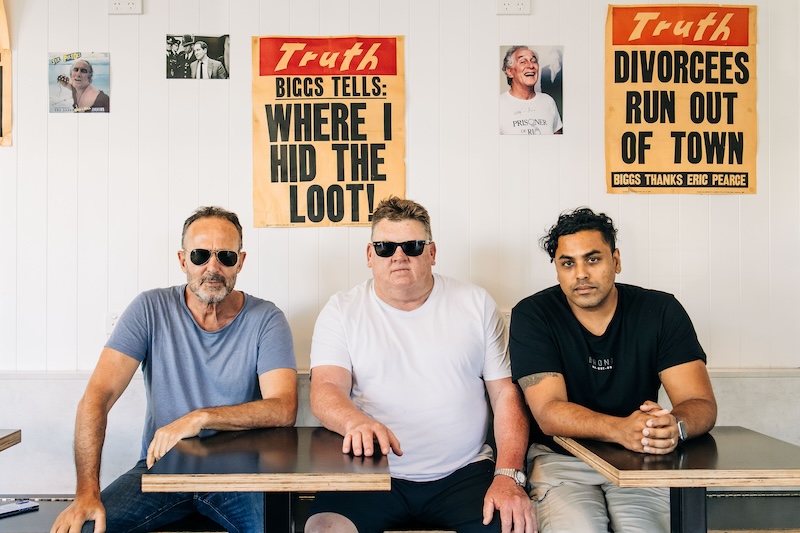




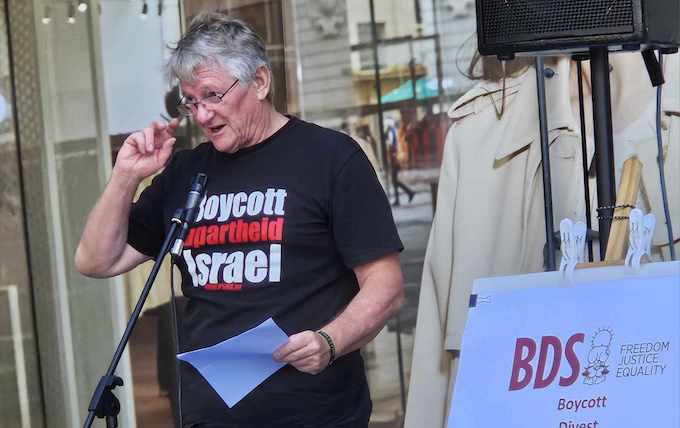







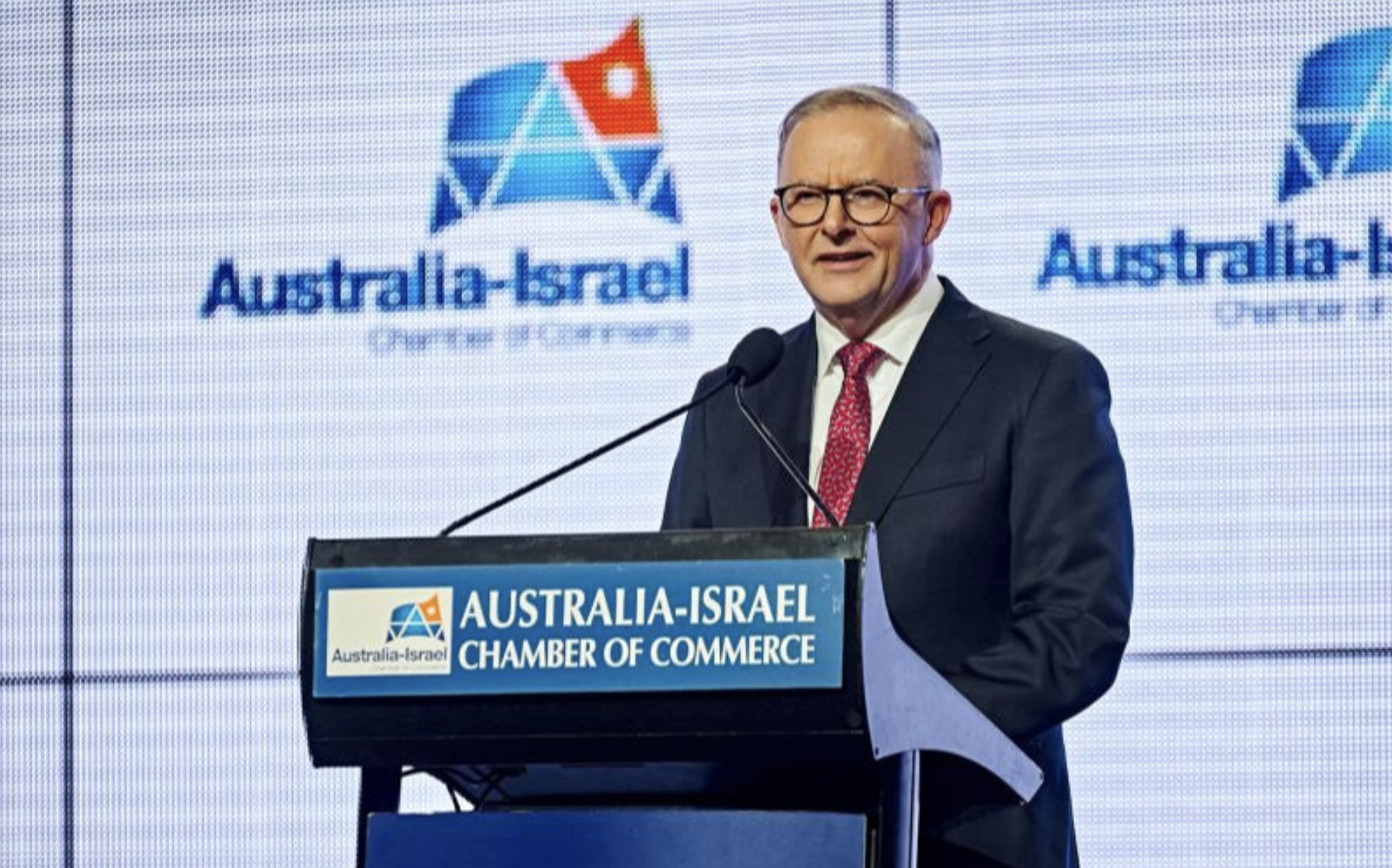




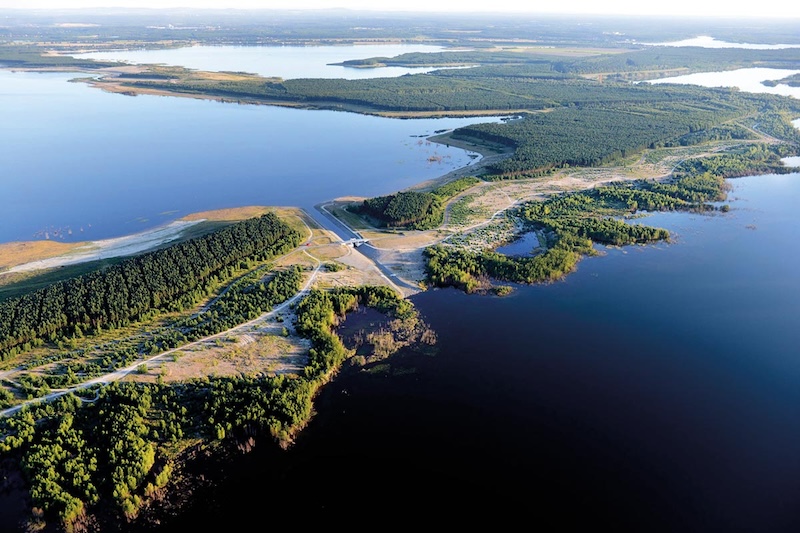
















 Starbucks
Starbucks Pexels
Pexels
 Dunkin’ Donuts
Dunkin’ Donuts Philz Coffee
Philz Coffee

